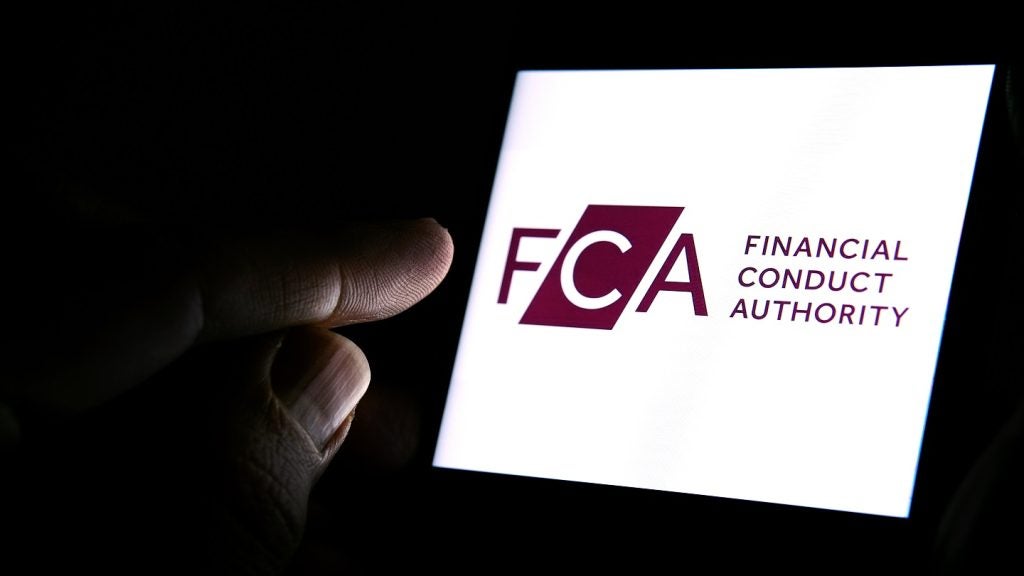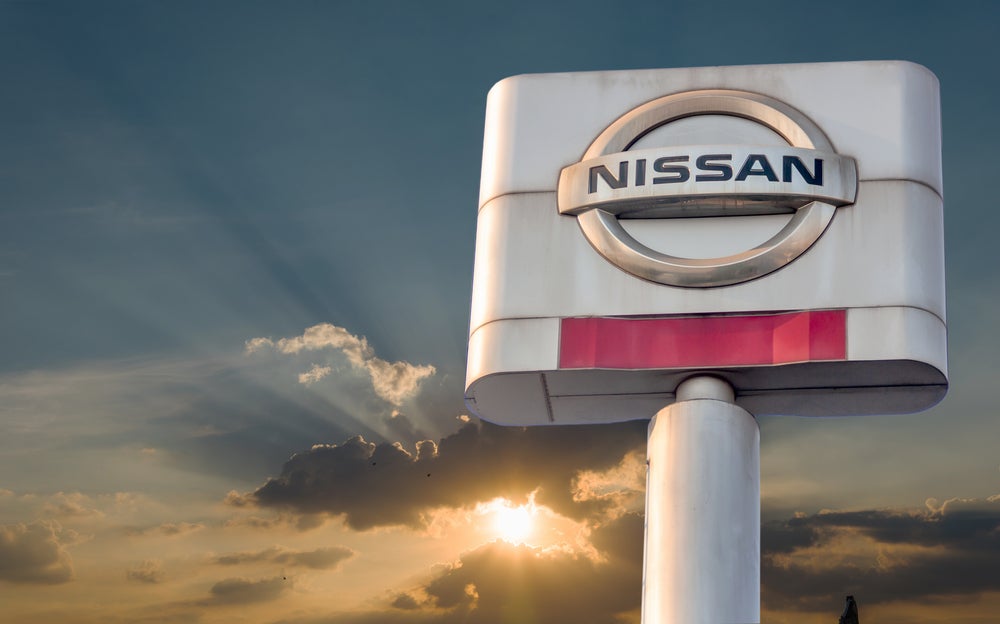While sustainability is an exciting field for potential growth in the motorcycle sector, first it must navigate the current supply chain issues.
Motorcycles have always occupied a unique place in the motor finance ecosystem. While there is a specific commuter market for bikes in inner cities, motorbikes are not typically a household’s main form of transport. Above all, buying a bike is about buying into a lifestyle.
“Purchasing a motorbike is more often than not a lifestyle choice, where the purchaser has a real passion for the bike – it’s not just an asset,” says Tracey Gramsch, senior manager at Black Horse.
This means that the finance requirements for bikes will naturally be different. A motorcycle is usually the second or third vehicle a customer will buy, and being a leisure or hobby purchase means the sale of insurance add-on products such as Guaranteed Asset Protection (GAP) insurance and ceramic coatings become more prevalent as riders seek to protect their investment in a different way than they would with a commuter vehicle.
Another byproduct of motorcycle’s place as a leisure vehicle is an enviable degree of brand loyalty, which is a boon to a sector that, like all vehicle markets, is facing ongoing supply chain challenges.
“The sector is very much in a position of strength with high brand loyalty, which is important at the moment given demand is outstripping supply due to the supply chain issues being experienced globally,” Gramsch points out. “Customers are therefore prepared to wait for new models to be launched rather than buying what is available immediately from limited stock.”
How well do you really know your competitors?
Access the most comprehensive Company Profiles on the market, powered by GlobalData. Save hours of research. Gain competitive edge.

Thank you!
Your download email will arrive shortly
Not ready to buy yet? Download a free sample
We are confident about the unique quality of our Company Profiles. However, we want you to make the most beneficial decision for your business, so we offer a free sample that you can download by submitting the below form
By GlobalDataWhile the supply chain faces challenges, however, the economic environment is a healthy one.
“With interest rates still relatively low, the new and used bike sector has shown robust demand for bike finance,” says Paddy O’Connell, head of the National Motorcycle Dealers Association (NMDA).
“With new and engaging financial products available for riders, the market is in a favourable state for businesses to offer flexible finance packages to suit the different needs of riders.”
Green concerns
Recently world leaders gathered for the COP26 conference to discuss accelerating action towards the goals of the Paris Agreement and the UN Framework Convention on Climate Change. This included global emissions, and with the fight against climate change a growing concern for politicians, businesses, and consumers alike, motorcycle manufacturers are investing in their model range to meet the demand for greener vehicles.
“We are seeing an increase in demand for electric bikes as more customers look to reduce their personal impact on the environment,” Gramsch says. “This will drive investment, product development and innovation in the bike sector.”
For the sector to thrive, it is essential that new riders are brought into the market. Encouragingly, the Powered Two-Wheeler (PTW) industry has been singled out in the Government’s plans for decarbonisation as a viable option for city commuting and last-mile delivery solutions. Both sectors have grown exponentially over the course of the pandemic as delivery companies have increased their footprint and rider numbers.
As O’Connell predicts, “As long as PTWs continue to be a viable, safe, and green option for commutable travel within the increasing number of Clean Air Zones (CAZ) and London’s ultra low emission zone (ULEZ), the sale of smaller capacity motorcycles and scooters will continue to grow in the future.”
The UK has launched a number of e-scooter trials through rental companies such as Ginger, Spin, and Beryl, and those in the market are hoping these trials will lead the public towards PTWs, which enjoy the benefits of clear regulations on the road and personal safety to make them a more practical option. The government plans to phase out PTWs that use internal combustion by 2035, and this will drive more customers into the e-PTW sector, as shown by the continued growth of the e-PTW sales figures over the last 12 months. However, it is still early days, and excitement at the growth in this sector needs to be tempered with caution.
“We’re seeing a great uptick in the market for cars with a plug, which have begun outselling diesels for the first time. In motorcycles, we’re also seeing an increase in electric. But that uptick is coming from a very small number,” says Neil Richardson, head of sales for the motorcycle division of Close Brothers. “It’s early days – electric is starting to find its legs in motorcycles but that’s a matter for the future.”
Indeed, the Motorcycle Industry Association (MCIA) are calling for all L-category vehicles to be exempt from the government’s 2030 deadline on the ban of petrol and diesel vehicles, while further work is done on the wider benefits of these vehicles and the infrastructure needed to support electric vehicles is improved.
Breaking the chain
In the meantime, the existing motorcycle market, much like the automotive industry as a whole, must weather the current supply chain crisis. Supply chain challenges mean consumers need to wait much longer for the delivery of vehicles once they have been ordered. Demand is greater than supply and there is uncertainty over how long it will be before that returns to normal.
“The biggest, current challenge is the lack of new stock from OEMs due to worldwide shortages of microchips and raw materials as well as logistical constraints,” O’Connell says “This lack of new stock leads to a lengthened change cycle that has also created a shortage of supply in marketable used PTWs. With demand still relatively strong, this all leads to supply-led price increases and a competitive new and used PTW market.”
Meanwhile, in the used bike market, vehicles are commanding higher than usual prices, and 2022 model ranges are expected to also have an increase in price. Still, some may argue that the market forces driving a rise in prices are actually acting as a long-awaited price stabilisation following a period of depreciation. However, the situation may change again as travel opens up and customers are once again taking their money outside of the country.
“It’s going to be interesting when we get into the season because I think the focus on ‘Every sale counts’ will be absolutely critical as even more spending goes out of the UK,” Richardson says. “But adversely to that point I think motorcycles are becoming more of a mobile transport of choice. They are more convenient, easier to park, and offer a different way of self-isolating.”
The 0-50cc sector has been showing good growth, driven by a combination of increased consumer spending and delivery companies such as Deliveroo.
“It’s going to be a really interesting market,” Richardson speculates.







